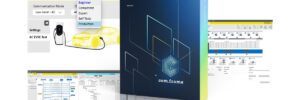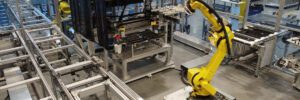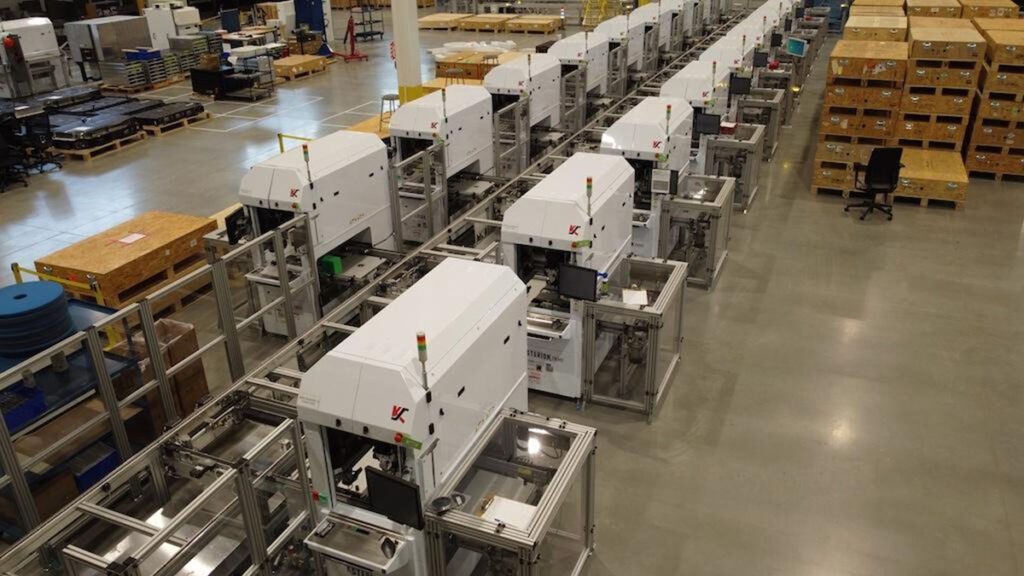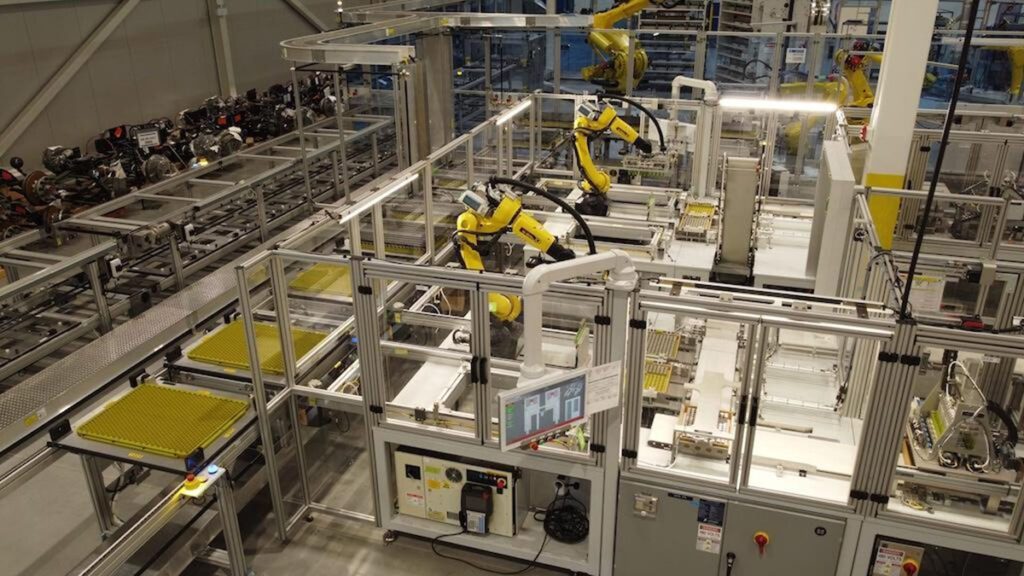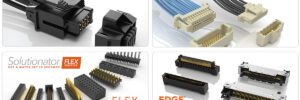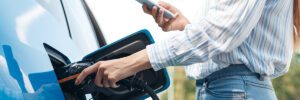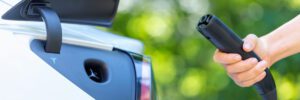Tesla (TSLA) has shared a video of the first Model Y autonomously delivering itself to its owner. The delivery destination was around 30 minutes away from the Tesla Gigafactory in Austin, Texas.
Tesla’s Model Y electric SUV drove itself from the factory for continuous 30 minutes to the house of the vehicle owner. This first self-delivered Model Y was in Quicksilver color, which is one of the best colors Tesla Model 3 and Model Y have.
In the announcement of the autonomous delivery, Elon Musk confirmed that there was no human present inside the vehicle, and it wasn’t remotely controlled by Tesla either. The video of inside and outside of the car provides visual proof of this claim by the CEO of the tech & AI-based car company.
According to Tesla, this 30-minute autonomous drive of the Model Y (Unsupervised FSD) included a variety of traffic scenarios in the daytime.
“This Tesla drove itself from Gigafactory Texas to its new owner’s home ~30min away — crossing parking lots, highways & the city to reach its new owner,” Tesla stated on X.
Tesla’s Head of AI, Ashok Elluswamy said that the vehicle reached a max speed of 72 mph while driving fully autonomously on its path to a historic customer delivery.
Tesla chose the new Model Y Juniper for this mission because it’s the latest vehicle in the lineup with new hardware and a front bumper camera for better road visibility.
Tesla Model Y and the Cybertruck already drive themselves from the assembly line at Giga Texas to the factory’s outbound lot. Autonomous customer deliveries is a major milestone towards Unsupervised Full Self-Driving (FSD).
The autonomous vehicle delivery service is currently limited to Austin, Texas, in a geofenced area (which is pretty large by the way, as this car drove for 30 minutes straight).
Software Version
Tesla finally confirmed that this autonomously delivered Model Y had the Robotaxi version of FSD. However, this specific version of the software has not yet been rolled out to general Tesla owners.
As I predicted in the previous report, Tesla rolled back the Robotaxi FSD software version after the vehicle was handed over to the customer.
After delivery, the autonomously delivered Tesla vehicles are going to have the same version of Full Self-Driving software as other Tesla owners in the fleet, which is FSD v13 as of now.
Above: Video of the first fully autonomous delivery of a car by Tesla.
===
Featured image: Courtesy of Tesla, Inc.
Note: This article was published earlier on Tesla Oracle. Author: Iqtidar Ali.

